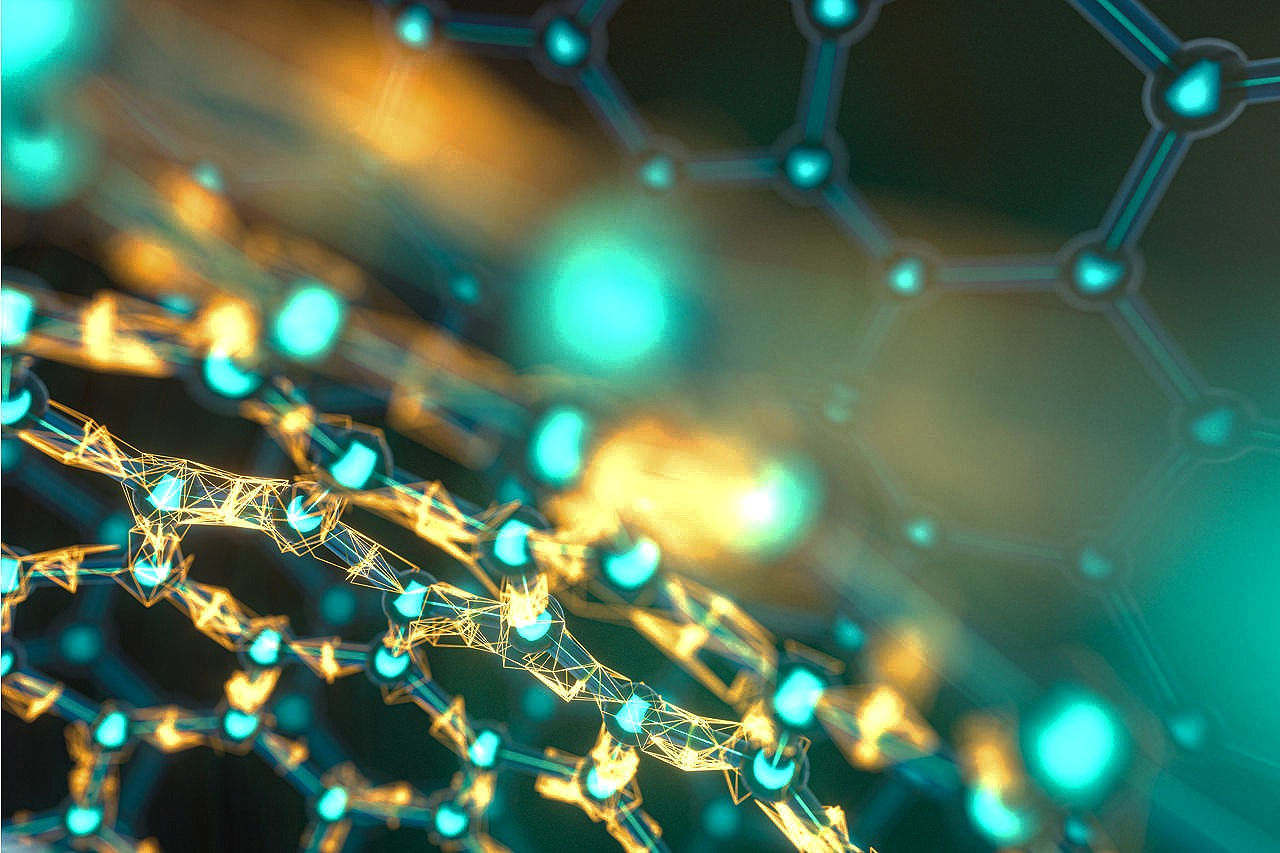
BIOLOGICAL COMPUTATION AND BIOSENSORS
Biosensors:
A biosensor refers to a modified organism or part of an organism that can sense environmental signals and send output signals that can be detected and serve diagnostic purposes. It is an analytical device which combines a biological component with a physicochemical detector.
A biosensor typically consists of a bioreceptor, transducer (a semi-conducting material, most often a nanomaterial), and an electronic system (a signal amplifier, processor & display). The sensitive biological element (tissue, micro-organisms, organelles, cell receptors, enzymes, antibodies, nucleic acids, etc.) interacts with, binds with, or recognizes the analyte under study.
This interaction between analyte and bioreceptor is measured by the transducer, which outputs a measurable signal proportional to the presence of the target analyte in the sample.
High selectivity for the analyte among a matrix of other chemical or biological components is a key requirement of the bioreceptor.
For example, one sensor consisted of a coating of bioluminescent bacteria on a photosensitive computer chip to detect certain petroleum pollutants. When the bacteria sense the pollutant, they luminesce. A similar mechanism is employed in the detection of landmines by an engineered E. coli reporter strain capable of detecting TNT and its main degradation product (DNT), and consequently producing a fluorescent protein.
While the type of biomolecule used can vary widely, biosensors can be classified according to common types of bioreceptor-analyte interactions:
-
Antigen-antibody
-
Enzymatic – especially advantageous as enzymes are not consumed in reactions. Hence, the biosensor’s lifetime is limited only by the stability of the enzyme.
-
Nucleic acid – either based on complementary base pairing or nucleic-acid-specific antibody mimics.
-
Epigenetic modifications
-
Organelles – for example, mitochondria can be used to detect the calcium concentration in the surrounding medium.
-
Cells – they are sensitive to surrounding environment and they can respond to all kinds of stimulants. Cells tend to attach to the surface so they can be easily immobilized. Compared to organelles they remain active for longer period and the reproducibility makes them reusable.
-
Tissues
-
Microbial biosensors – these exploit the response of bacteria to a given substance. For example, arsenic can be detected using the ars operon found in several bacterial taxon.
Biosensors can also be classified based on their biotransducer type: (i.e., the change which is detected as the output) –
-
Electrochemical biosensors
-
Optical biosensors
-
Electronic biosensors
-
Piezoelectric biosensors
-
Gravimetric biosensors
-
Pyroelectric biosensors
-
Magnetic biosensors